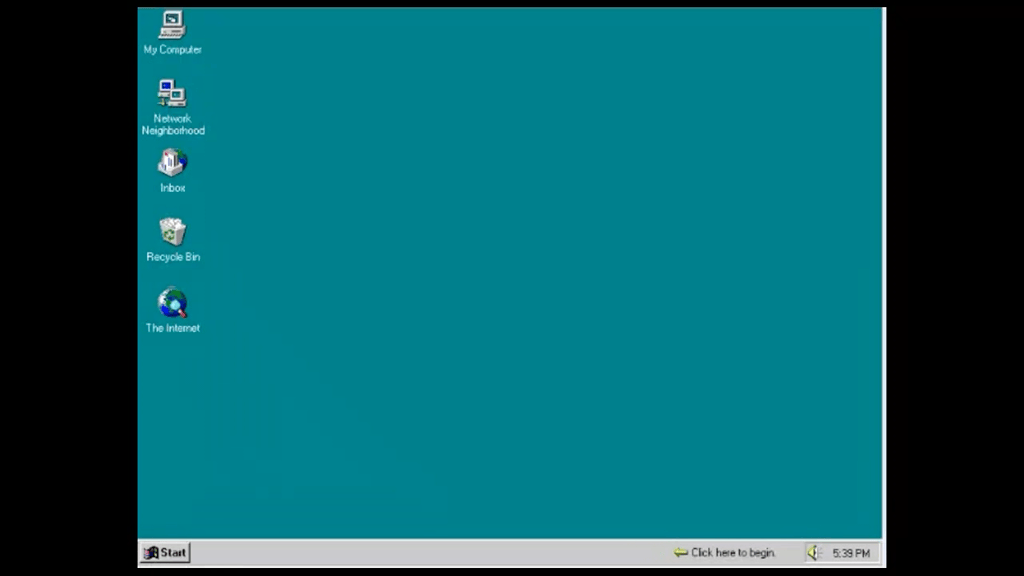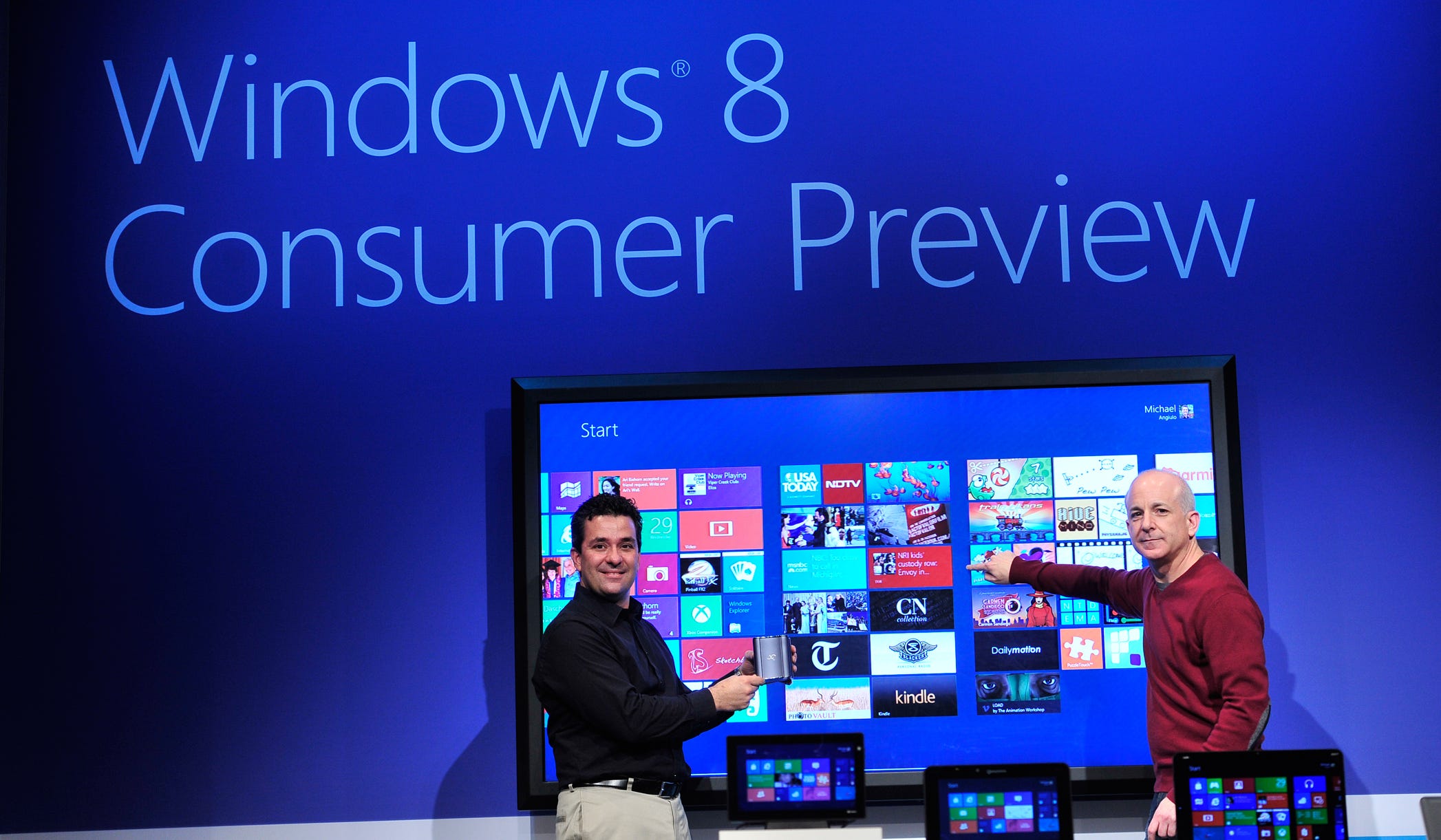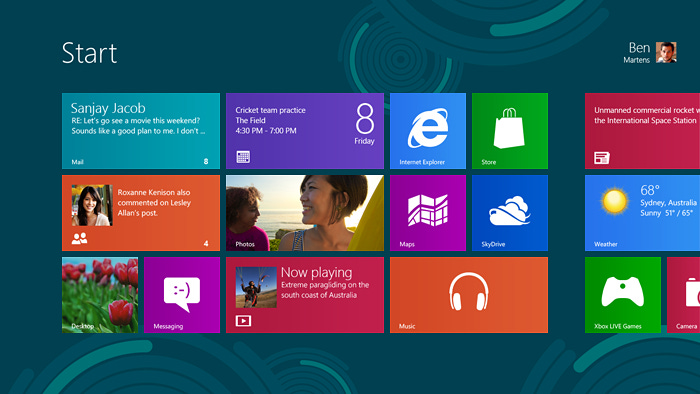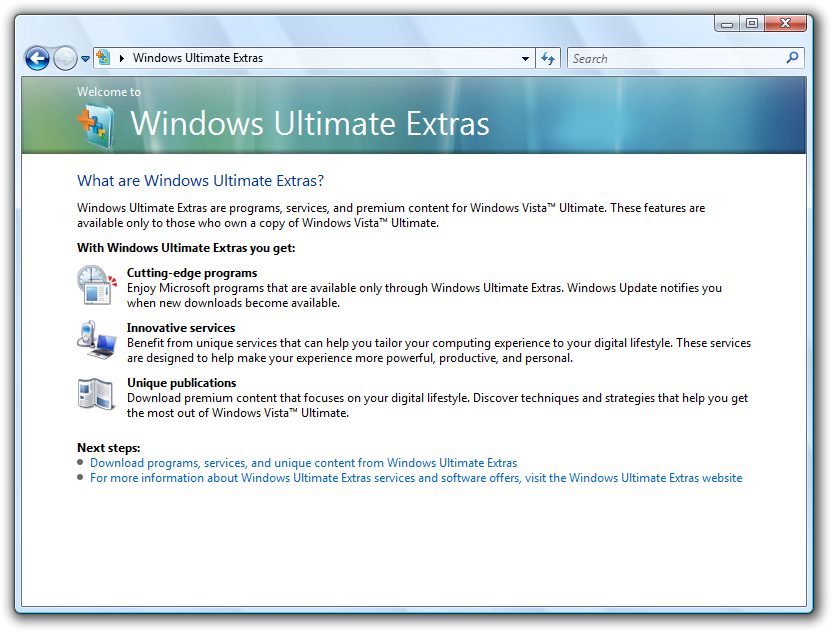089. Rebooting the PC Ecosystem
Description
The word ecosystem is often used when describing Windows and the universe of companies that come together to deliver Windows PCs and software. Providing a platform is a much trickier business than most might believe. Bringing together a large number of partners, along with their competitors, who might share one large goal but differ significantly in the tactics to use to achieve it is fraught with conflict. The Windows ecosystem had been dealt a series of painful blows over the years resulting in a loss of trust and collective capability. Where partnerships were required, the ecosystem had become a collection of…adversaries…or direct competitors…or conflicting distribution channels.
Back to 088. Planning the Most Important Windows Ever
In the summer of 2007 six-months after Windows Vista availability as we rolled out the Windows 7 product vision to the entire team, the press coverage for Vista began to get brutal. I say the coverage, but this is really about the customer reaction to the product and the press simply reflected that.
Then the OEMs, large public companies with shareholders and quarterly earnings, started to do something almost unimaginable. They began to speak out about the problems with Vista. In a widely covered interview in the Financial Times discussing quarterly results, Acer president Gianfranco Lanci lashed out at Vista, saying the “whole industry is disappointed with Windows Vista" and stated that Vista had stability problems and he doubted that Microsoft would remedy the issues within the next six months. He went on to suggest that customers really wanted Windows XP knowing that in just a few months XP would be discontinued. Much of what he said in public, the OEMs had been telling us in private.
I had been in my role for more than a year and still did not have much to say about what was coming next. How could I? We just didn’t know and all my experience with customers told me that claiming I didn’t know would not be acceptable or even credible. Still, pressure was mounting to show progress.
The Windows (or PC) ecosystem is made up Intel, PC makers (the OEMs), and creators hardware components and peripherals known as Independent Hardware Vendors (IHVs). OEMs accounted for the vast majority of Microsoft’s extremely lucrative Windows business. IHVs were the key ingredients the OEMs counted on for innovation. Intel, provider of CPUs and an increasing portion of the main componentry, was the most central in the hardware ecosystem as half of the legendary Wintel partnership.
Suffice it to say ecosystem was in an unhappy and untrusting state after years of product delays along with a series of feature, product, and pricing miscues. The delays had been extremely painful to OEMs and Intel, who counted on a new release of Windows to show off new PCs and drive growth in PC sales. IHVs had critical work to do enabling new PCs. They had to build software drivers that enabled new hardware that was compatible with the new features of Windows (such as 64-bit Windows or new security features). They also faced the increasing complexity of maintaining drivers for old versions of Windows as the time between releases increased and customers demanded new hardware support on both old and new platforms. The rise of Linux was spreading the Windows ecosystem further as demand for Linux support increased. Fractures were everywhere.
Intel contributed an increasingly larger portion of the PC, much as Microsoft continued to add features to Windows. With Centrino® for example, Intel added WiFi support directly to the components they provided to PC makers. This greatly expanded and standardized the use of WiFi in laptops. Intel was in the process of broadening their support for graphics as well, continuing to improve the integrated graphics chips they provided to PC makers (this was a particularly sore spot with Vista.) Intel was able to better control pricing of their components, encourage specific PC designs, and shift PC makers to various CPU choices using a combination of pricing actions and co-marketing arrangements. Originally these “Intel Inside” advertising efforts were a huge part of how PC makers selected and marketed different models and lines of computers and was enormously profitable for Intel.
Microsoft’s relationship with Intel had not been particularly happy, going way back to the 1990s when Intel began to embrace Java and other cross-platform technologies. Recently, however, the rise of Linux was viewed by Intel as a large opportunity, while Microsoft perceived it as a competitive threat. What Microsoft used to perceive as a moat, device driver support for Windows, was rapidly fading due to active efforts by Intel to support Linux to the same degree. The specter of desktop Linux seemed to be held back by just a few device drivers should Intel support them, or so we worried.
There was also a complex relationship between enterprise customers and Microsoft when it came to Windows. From a product and feature perspective, Windows was making increasing bets on the kind of features businesses cared about, such as endpoint control, reliability, and management. Microsoft did not always want to give away those features for free to retail customers where they might not apply. The fact that these features existed caused OEMs to consider ways to add them to the base Windows they sold, feeling that the base Windows was under-powered. In other words, features Microsoft added to premium editions of Windows simply served as starting points for features OEMs might look to provide with their own software on top of the basic editions of Windows, increasing OEM margin.
The response to the increasing gap between consumers and enterprise was another reason for OEMs to embrace, or at least appear to embrace Linux. At the very least, OEMs began to ponder the idea of selling PCs with free Linux and letting customers pick and choose an operating system on their own as a backdoor way to avoid the Windows license for every single PC. Microsoft did not want OEMs selling PCs without Windows when Windows was destined to be on the PC anyway, as that would only encourage piracy. This “Linux threat” was not as empty as the state of technology would have indicated as OEMs were actively starting to offer Linux on the desktop, especially if they were offering it on Server already. Some markets, such as China, which already had enormously high piracy pursued this path aggressively.
From the least expensive PCs for the budget conscious to the fanciest PCs for gamers, the Windows product and business depended on these partners, and vice versa. Any business book would tell you just how big a deal the Windows ecosystem was, as would anyone who followed the antitrust actions against Microsoft.
We needed to reboot the relationship with and across the Ecosystem. Doing so would be an important part of the planning process and run in parallel with planning the Windows 7 product.
The perspectives, insights, and data from hardware and OEM partners were only part of the input to the planning process. Another part was the usage data from tens of millions of Windows users. What features, peripherals, and third-party programs were used, how often, and by which types of customers. Vista had done excellent work to incorporate the performance and reliability measures of the system, especially for glitches like crashes and hangs, but usage data was inconsistent across the system. As we would discover, this data was not readily available or reliably collected across the whole product. We knew we would need as much as we could for Windows 7 and certainly down the road, so we began in earnest to implement more telemetry across the product during the planning for Windows 7. This data would form a foundation for many discussions with OEMs.
The feverish pace and tons of work over the six months that followed the re-org tackled an expansive set of potential areas and distilled them down to a product plan, the Windows 7 Vision. That six months would bump up against not one but two OEM selling seasons during which the OEMs would not get the news about “fixing Vista” they were hoping for. The planning memo came out in December 2006 even before Windows Vista availability. That timing, however, would be too late to impact the February selling season. The July 2007 Vision was too late to become requirements for PCs for back to school in August or September of that year. Even though PCs would not ship with Windows 7 for quite some time, every selling season we missed would make it frustratingly difficult for those PCs to be upgraded to Windows 7. This was a problem for every part of the ecosystem including Microsoft.
The relationships were difficult, but more importantly the quality of work across the ecosystem was in decline. Communication was adversarial at best.
Mike Angiulo (MikeAng) joined from Office and began an incredible effort at rebuilding the relationships with OEMs. Mike was not only a stellar technologist, but a strategic relationship manager, having grown up as a salesman within his future family’s business. He was also a trained mechanical engineer who rebuilt and raced cars, a natural-born poker champion, and an IR-pilot who built his own plane.
He recruited Roanne Sones (RSones) to lead the rehabilitation of the relationship with OEM customers. She was a college hire from Waterloo’s prestigious systems engineering program who had joined Office five years earlier. Having worked on projects from creating the Office layperson’s specification, to synthesizing customer needs by segment, to analyzing usage data across the product, Roanne brought a breadth of tools and techniques from Office to


![108. The End of the PC Revolution [Epilogue] 108. The End of the PC Revolution [Epilogue]](https://substackcdn.com/feed/podcast/82387/post/86893731/d3f1348af12bf87ffb878bd65cadb0ba.jpg)






![101. Reimagining Windows from the Chipset to the Experience: The Chipset [Ch. XV] 101. Reimagining Windows from the Chipset to the Experience: The Chipset [Ch. XV]](https://substackcdn.com/feed/podcast/82387/post/75881900/3a3075fad2c894721724f8a92013a812.jpg)



![097. A Plan for a Changing World [Ch. XIV] 097. A Plan for a Changing World [Ch. XIV]](https://substackcdn.com/feed/podcast/82387/post/70543793/bbf82f6a403f39f35f097a445d9bf827.jpg)




![092. Platform Disruption…While Building Windows 7 [Ch. XIII] 092. Platform Disruption…While Building Windows 7 [Ch. XIII]](https://substackcdn.com/feed/podcast/82387/post/64867897/fc7d958f8115ef0d95ea5a92c0d423b4.jpg)





